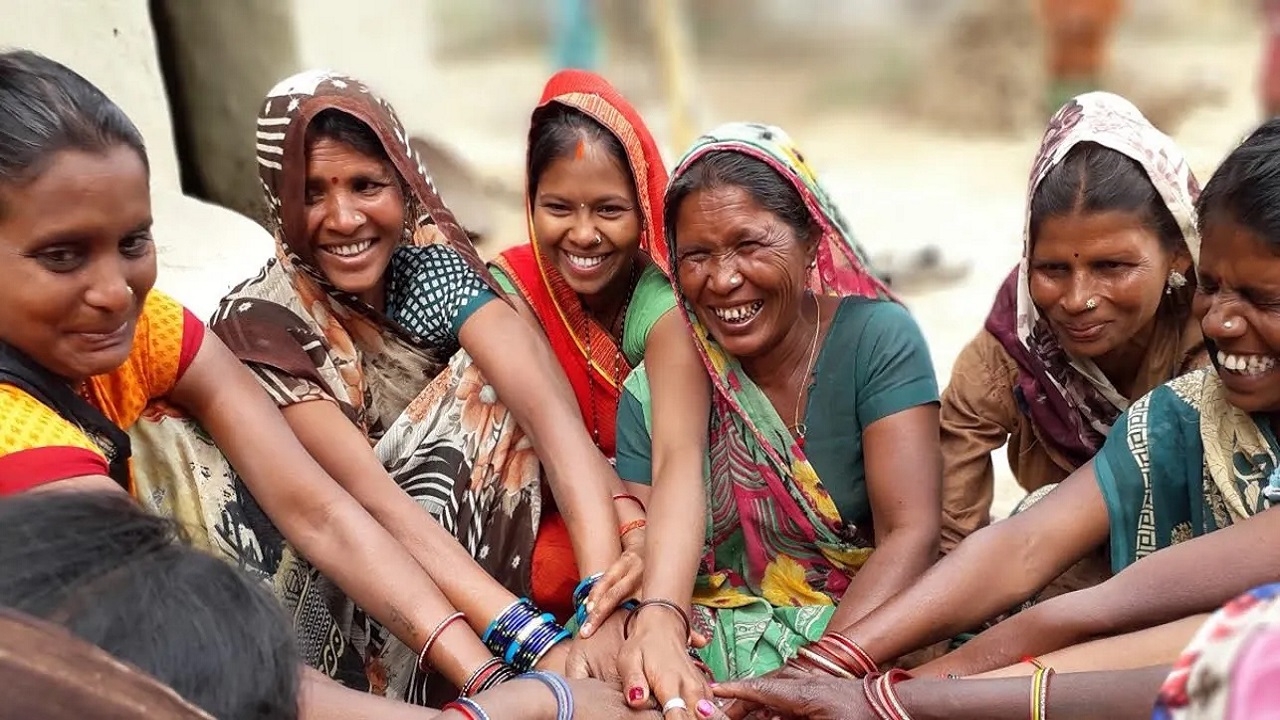Safeguarding Women: Legal Measures and Government Initiatives in India
Context:
In recent decades, women in India have made significant progress across multiple domains—education, governance, economy, science, and technology. This rise has been supported by constitutional provisions, legislative reforms, targeted schemes, and budgetary allocations by the Government of India.
However, despite these efforts, challenges such as domestic violence, sexual harassment, trafficking, and cybercrime still persist. Recognizing this, the Government has implemented a comprehensive legal framework and safety mechanisms to ensure the physical, mental, emotional, and economic security of women.
Legal Measures to Safeguard Women’s Security
The Indian legal system has introduced several laws to protect women from violence, exploitation, and discrimination.
1. Bharatiya Nyaya Sanhita (BNS), 2023
-
Replaces the Indian Penal Code (IPC).
-
Introduces stricter penalties for crimes against women.
-
Death penalty for rape of a girl below 18 years.
-
Expands definitions of sexual assault and harassment.
-
Recognizes dowry-related harassment as a criminal offense.
2. Protection of Children from Sexual Offences (POCSO) Act, 2012
-
Addresses sexual abuse of minors.
-
2019 amendment: Introduced death penalty for aggravated sexual assault.
-
Trials under POCSO to be held in Fast Track Special Courts (FTSCs).
3. Protection of Women from Domestic Violence Act (PWDVA), 2005
-
Provides civil and legal remedies to women in abusive relationships.
-
Covers women in marriage-like relationships, including live-in partners.
-
NFHS-5 (2019–21): Spousal violence reduced to 29.3% from 31.2% (2015–16).
4. Dowry Prohibition Act, 1961
-
Criminalizes giving, taking, or demanding dowry.
-
Dowry death: Woman dies within 7 years of marriage under unnatural circumstances → Punishable offense.
5. Immoral Traffic (Prevention) Act, 1956
-
Aims to eliminate commercial sexual exploitation and trafficking.
-
Provides for rescue, rehabilitation, and punishment of offenders.
6. Prohibition of Child Marriage Act (PCMA), 2006
-
Declares child marriage voidable.
-
Child Marriage Prohibition Officers (CMPOs) appointed to prevent and prosecute such cases.
7. Sexual Harassment of Women at Workplace (Prevention, Prohibition and Redressal) Act, 2013
-
Mandates Internal Committees (ICs) at workplaces with over 10 employees.
-
Local Committees (LCs) for unorganized sectors and small offices.
Government Initiatives for Women’s Safety
Nirbhaya Fund
-
Established: December 2012 (Post-2012 Delhi gang rape).
-
Nature: Non-lapsable corpus fund.
-
Total Allocation: ₹7712.85 crore (till FY 2024–25).
-
Utilization: ₹5846.08 crore (~76% of total).
-
Administered by: Department of Economic Affairs.
-
Monitored by: Ministry of Women and Child Development (MWCD).
Key Schemes Under Nirbhaya Fund
Ministry of Women and Child Development (MWCD):
-
One Stop Centres (OSCs):
-
Launched: 2018.
-
Offer medical, legal, psychological and shelter support to women facing violence.
-
-
Women Helpline (WHL – 181):
-
24/7 helpline offering emergency response and referrals.
-
Connected to OSCs and police services.
-
Ministry of Home Affairs (MHA):
-
Emergency Response Support System (ERSS – 112):
-
Integrates 100 (Police), 101 (Fire), 108 (Ambulance), and 181 (Women) helplines.
-
Accessible via call, SMS, email, web portal, SOS signals.
-
-
Anti-Human Trafficking Units (AHTUs):
-
Prevent trafficking, especially of women and children.
-
Coordinate with Interpol and border forces.
-
-
Women Help Desks (WHDs):
-
Over 10,000 desks set up in police stations across India.
-
Ensures a women-friendly reporting environment.
-
-
Cyber Forensic cum Training Labs:
-
Train police in handling cybercrimes against women.
-
-
Safe City Projects:
-
Implemented in 8 major cities: Delhi, Mumbai, Chennai, Kolkata, Bengaluru, Hyderabad, Ahmedabad, Lucknow.
-
Focus: Surveillance, smart lighting, and patrolling in public places.
-
-
Central Victim Compensation Fund (CVCF):
-
Financial support to survivors of rape, acid attacks, trafficking.
-
Compensation: ₹1 lakh to ₹10 lakh based on severity.
-
Ministry of Law and Justice:
-
Fast Track Special Courts (FTSCs):
-
Initiated in 2019 under POCSO.
-
1,023 FTSCs operational across India.
-
Funded through Nirbhaya Fund to speed up trials.
-
Ministries of Railways and Road Transport:
-
Rail and Road Safety Initiatives:
-
Installation of CCTV, panic buttons, and GPS in buses and trains.
-
-
Meri Saheli Initiative:
-
Launched by Indian Railways to assist women passengers during travel.
-
Digital and Community-Based Safety Tools
-
SHe-Box Portal:
-
Single platform to report workplace harassment, available to women in all sectors.
-
-
Mission Shakti (2021–2026):
-
Umbrella scheme for women's safety and empowerment.
-
Two sub-schemes:
-
Sambal: Focus on safety and security.
-
Samarthya: Focus on economic and social empowerment.
-
-
-
Investigation Tracking System for Sexual Offences:
-
Monitors timely completion of police investigations.
-
-
National Database of Sexual Offenders (NDSO):
-
Tracks repeat offenders, issues alerts to law enforcement.
-
-
Cyber Crime Reporting Portal:
-
Enables online reporting of cyber harassment, threats, stalking.
-
-
Mahila Police Volunteers (MPVs):
-
Act as community intermediaries, assisting women in distress and bridging gaps with law enforcement.
-
What Lies Ahead?
-
Expansion of One Stop Centres (OSCs) to every district.
-
Better utilization and auditing of the Nirbhaya Fund.
-
Introduction of new laws to tackle online abuse, deepfake crimes, and cyberstalking.
-
Enhanced digital literacy, legal awareness, and community sensitization programs.
-
Encouragement of crime reporting and reducing social stigma through nationwide campaigns.




Comments (0)